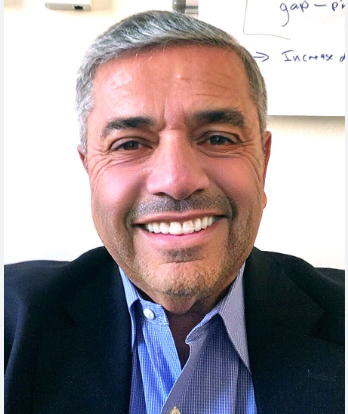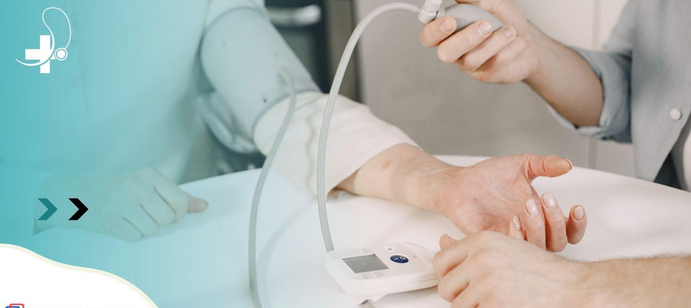Becoming a cardiologist is a rewarding journey that requires dedication, perseverance, and a passion for helping patients with heart conditions. Dr. John Strobeck, a renowned cardiologist, has paved his way through medical school and established a successful career in cardiology. Let’s explore the steps involved in this career path and gain insights into what it takes to become a practicing cardiologist.
Medical Degree Program:
The first step towards becoming a cardiologist is obtaining a medical degree. Medical degree programs typically span four years and combine classroom learning with clinical rotations. Students study a wide range of medical subjects, including anatomy, physiology, pharmacology, and pathology. These foundational courses lay the groundwork for understanding the complexities of the human body and its various systems.
Clinical Rotations:
During medical school, students undergo clinical rotations, which provide hands-on experience in different medical specialties. These rotations allow students to work directly with patients, observe physicians in action, and gain practical skills. Rotations in internal medicine, surgery, and critical care are particularly relevant to cardiology, as they provide a solid foundation for understanding cardiovascular diseases and their management.
Residency Training:
After completing medical school, aspiring cardiologists must pursue a residency program. A residency in internal medicine typically lasts three years and provides comprehensive training in diagnosing and managing a wide range of medical conditions. This period is crucial for building clinical skills, enhancing knowledge, and preparing for advanced specialty training.
Fellowship in Cardiology:
Upon completing a residency program, individuals can apply for a fellowship in cardiology. Cardiology fellowships typically span three to four years, during which fellows receive specialized training in diagnosing, treating, and preventing cardiovascular diseases. Fellows work closely with experienced cardiologists, gaining expertise in performing cardiac procedures, interpreting diagnostic tests, and managing complex cases.
Board Certification:
After completing a cardiology fellowship, aspiring cardiologists can pursue board certification through organizations such as the American Board of Internal Medicine. Board certification demonstrates a physician’s expertise and competence in their chosen specialty and is recognized as a mark of distinction within the medical community.
Professional Practice:
With the necessary training and board certification, cardiologists like Dr. John Strobeck can embark on their professional practice. They can choose to work in various settings, including hospitals, clinics, academic institutions, or private practices. Some cardiologists may also choose to specialize further within cardiology, such as interventional cardiology or electrophysiology, focusing on specific procedures or conditions.
Continued Education and Research:
Cardiology is a rapidly evolving field, with new discoveries and treatment modalities emerging regularly. As such, cardiologists must commit to lifelong learning and staying abreast of the latest advancements in the field. Continuing medical education programs, conferences, and research opportunities provide avenues for cardiologists to deepen their knowledge, refine their skills, and contribute to the advancement of cardiovascular medicine.
Becoming a cardiologist requires years of education, training, and dedication. Dr. John Strobeck’s career path exemplifies the journey from medical school to practicing cardiologist. Through rigorous education, clinical experience, specialized training, and ongoing professional development, cardiologists can make a significant impact in the lives of their patients and contribute to the field of cardiology. If you aspire to pursue a career in cardiology, remember that the path requires perseverance, passion, and a commitment to lifelong learning.



